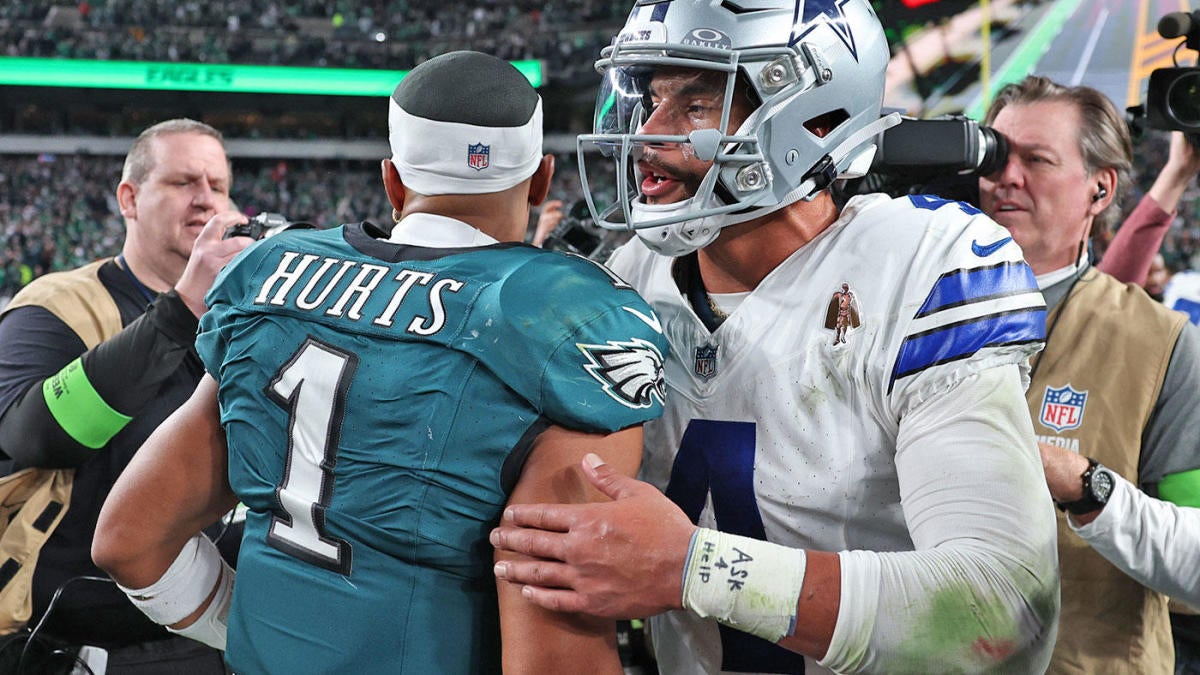Sports
Husch Blackwell’s 2024 NCAA Compliance Report: College Athletics in Transition

The NCAA, at the Division I level, is once again in a state of transition. The traditional NCAA regulatory system and collegiate sports model is being challenged by outside entities, including plaintiffs’ attorneys, state attorneys general, courts, administrative agencies and state legislatures who are challenging the NCAA’s authority to govern sport. In some cases they are attempting to establish a new economic relationship between colleges and universities and the athletes that represent them.
The collegiate sports model and the regulatory system that governs it were designed with the fundamental principle that college athletics is an avocation and not a vocation, and individuals receive intrinsic value through their involvement in higher education as both students and athletes. The U.S. Supreme Court’s 2021 decision in Alston v. NCAA, however, reignited the debate regarding the appropriate economic relationship between college athletes and their schools, specifically, whether colleges and universities should share the revenue generated through lucrative television contracts with their athletes and whether college athletes should be employees of colleges and universities.
The outside legal and social pressures, exacerbated by the continued monetization of live sports content particularly in Division I football and basketball, have placed significant strains on the NCAA’s current collegiate model with respect to rule-making, enforcement and general governance. Our 2024 NCAA Compliance Report attempts to identify the complex, and sometimes confusing, regulatory and legal landscape that colleges, universities and their athletic departments are navigating while trying to maintain competitiveness.
We begin by analyzing key pieces of litigation that will likely dictate the future of college sports. Next, we discuss Title IX gender equity, which is applicable to nearly every issue facing college sports—conference realignment; student-athlete safety and well-being; and name, image, and likeness (NIL). We then tackle the domino effects of conference realignment on non-revenue generating sports and “Group of 5”/mid-major conferences, before examining, in greater detail, other issues that are driving the conversation in college athletics, including NIL; the transfer portal; and sports gambling.
There is no one solution to the issues facing collegiate sports. Certainly, the NCAA, its member schools, and all constituents in college sports need to address: (1) antitrust litigation and ongoing issues related to college athletes; (2) college athlete employment; (3) name, image, and likeness (NIL) and (4) governance of college sports, including Division I transfers. Failure to address these issues in a comprehensive manner that includes some reallocation of economic value to athletes will likely result in continued ad hoc legal and regulatory determinations that effectively eliminate the uniquely American collegiate sports model, which marries higher education and varsity athletics.
What could be left is a professional model that is more like those seen internationally. Ironically, this systemic change is occurring at a time when college athletics is at the height of popularity, women’s sports are on the rise, and the United States’ collegiate model is the envy of the world for its equitable opportunities for women and consistent Olympic medal count.
Despite the legal and regulatory uncertainty the NCAA and its member schools are facing, especially at the Division I level, the popularity of college sports is at an all-time high. It is important to note that the collegiate sports model in the United States remains the envy of the world when it comes to gender equity, competition, educational opportunities and exposure for young athletes. We hope our Compliance Report sheds some additional light on the key issues driving change and prepares college athletics leaders to develop a strategy to be successful in 2024 and beyond.










